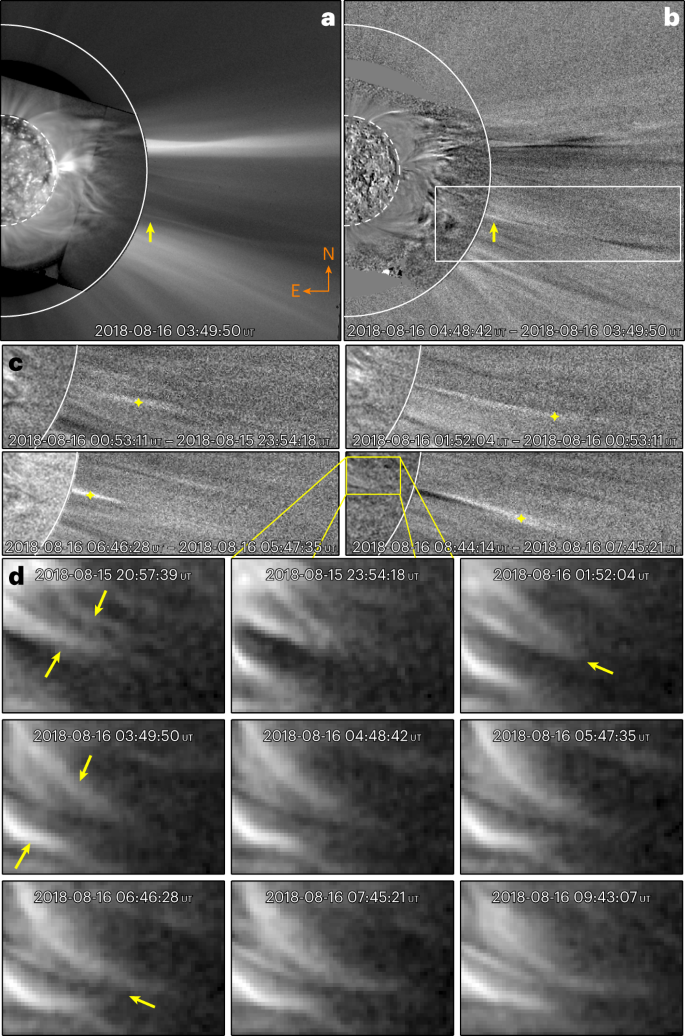2022-11-24 スイス連邦工科大学ローザンヌ校(EPFL)
第1期は、2つの論文で終了した(2021年11月下旬と2022年10月下旬)。これらの論文は、ニジマスの消化器官におけるタイヤ粒子化合物の可溶化と生物学的アクセス性に特に注目している。
11種類の化合物を分析した結果、消化液への可溶化率は0.06%から44.1%であり、この割合は食物の共食の有無によって変化することがわかった。この化合物は、タイヤ産業で広く使用されている酸化防止剤6PPDの酸化によって生じる有害な副産物である6PPD-キノン(6PPD-Q)であった。6PPD-Qを含むタイヤ粒子を両脚類と一緒に摂取すると、魚の腸内で可溶化する化合物が増加する。しかし、他の化学化合物では共摂取は逆の効果をもたらす。現在、他の多くのタイヤ粒子物質の毒性を評価するための追加実験が進行中である。
タイヤからのマイクロプラスチックは、環境中のプラスチック汚染の30〜40%を占めている。
<関連情報>
- https://actu.epfl.ch/news/unraveling-the-secrets-of-microplastics-released-b/
- https://pubs.acs.org/doi/full/10.1021/acs.est.2c04291
- https://pubs.acs.org/doi/10.1021/acs.est.1c04385
魚類の体外消化モデルを用いたタイヤ微粒子に含まれる有機化合物の生物学的利用可能性: 可溶化の速度論と食品との共存の影響 Bioaccessibility of Organic Compounds Associated with Tire Particles Using a Fish In Vitro Digestive Model: Solubilization Kinetics and Effects of Food Coingestion
Thibault Masset, Benoit J. D. Ferrari, William Dudefoi, Kristin Schirmer, Alan Bergmann, Etienne Vermeirssen, Dominique Grandjean, Luke Christopher Harris and Florian Breider
Environmental Science & Technology Published:October 31, 2022
DOI:https://doi.org/10.1021/acs.est.2c04291

Abstract
Tire and road wear particles (TRWP) account for an important part of the polymer particles released into the environment. There are scientific knowledge gaps as to the potential bioaccessibility of chemicals associated with TRWP to aquatic organisms. This study investigated the solubilization and bioaccessibility of seven of the most widely used tire-associated organic chemicals and four of their degradation products from cryogenically milled tire tread (CMTT) into fish digestive fluids using an in vitro digestion model based on Oncorhynchus mykiss. Our results showed that 0.06–44.1% of the selected compounds were rapidly solubilized into simulated gastric and intestinal fluids within a typical gut transit time for fish (3 h in gastric and 24 h in intestinal fluids). The environmentally realistic scenario of coingestion of CMTT and fish prey was explored using ground Gammarus pulex. Coingestion caused compound-specific changes in solubilization, either increasing or decreasing the compounds’ bioaccessibility in simulated gut fluids compared to CMTT alone. Our results emphasize that tire-associated compounds become accessible in a digestive milieu and should be studied further with respect to their bioaccumulation and toxicological effects upon passage of intestinal epithelial cells.
I魚類モデル(Oncorhynchus mykiss)におけるタイヤ微粒子の試験管内消化:重金属の可溶化速度と食物との複合効果の検討 n Vitro Digestion of Tire Particles in a Fish Model (Oncorhynchus mykiss): Solubilization Kinetics of Heavy Metals and Effects of Food Coingestion
Thibault Masset, Benoit J. D. Ferrari, Dean Oldham, William Dudefoi, Matteo Minghetti, Kristin Schirmer, Alan Bergmann, Etienne Vermeirssen and Florian Breider
Environmental Science & Technology Published:November 22, 2021
DOI:https://doi.org/10.1021/acs.est.1c04385

Abstract
Tire and road wear particles (TRWP) have been shown to represent a large part of anthropogenic particles released into the environment. Nevertheless, the potential ecological risk of TRWP in the different environmental compartments and their potential toxic impacts on terrestrial and aquatic organisms remain largely underinvestigated. Several heavy metals compose TRWP, including Zn, which is used as a catalyst during the vulcanization process of rubber. This study investigated the solubilization potential of metals from cryogenically milled tire tread (CMTT) and TRWP in simulated gastric fluids (SFGASTRIC) and simulated intestinal fluids (SFINTESTINAL) designed to mimic rainbow trout (Oncorhynchus mykiss) gastrointestinal conditions. Our results indicate that the solubilization of heavy metals was greatly enhanced by gastrointestinal fluids compared to that by mineral water. After a 26 h in vitro digestion, 9.6 and 23.0% of total Zn content of CMTT and TRWP, respectively, were solubilized into the simulated gastrointestinal fluids. Coingestion of tire particles (performed with CMTT only) and surrogate prey items (Gammarus pulex) demonstrated that the animal organic matter reduced the amount of bioavailable Zn solubilized from CMTT. Contrastingly, in the coingestion scenario with vegetal organic matter (Lemna minor), high quantities of Zn were solubilized from L. minor and cumulated with Zn solubilized from CMTT.



